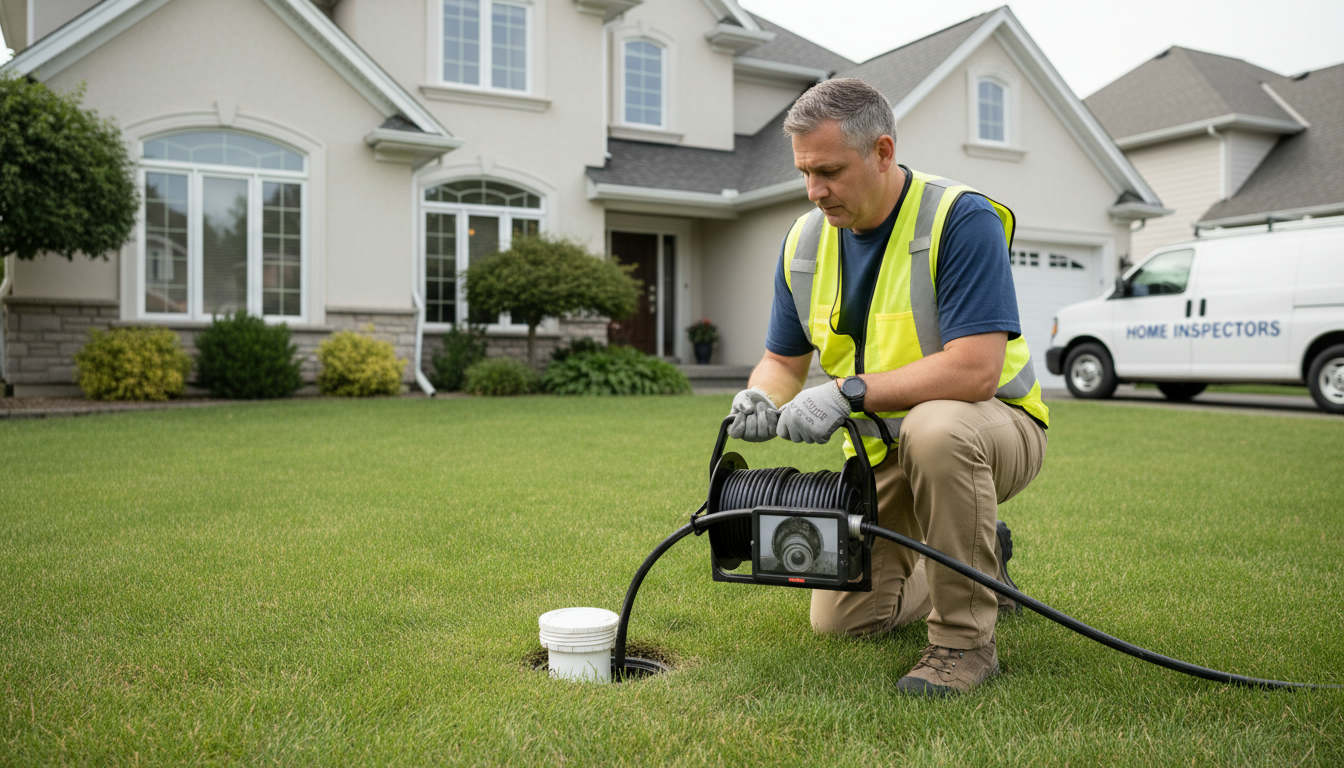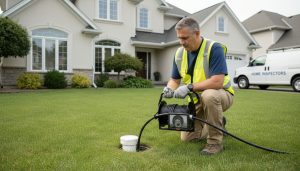How do I assess plumbing and sewage systems?
Stop wasting money: Here’s exactly how to assess plumbing and sewage systems before you buy a home.
Why plumbing and sewage matter now
A hidden pipe problem can turn a great deal into a money pit. Plumbing and sewage issues create mold, structural damage, raw sewage backups and five-figure repair bills. If you’re buying, selling, or protecting equity, you must inspect systems like a pro.
Quick, practical 8-step plumbing and sewage inspection checklist
Follow this checklist during showings and inspections. It’s actionable and fast.
- Visual scan (2–5 minutes)
- Look under sinks, behind the washer, around the water heater and basement walls for stains, drips, corrosion or patched pipes.
- Check exposed waste stacks and visible sewer cleanouts outside the home.
- Run every fixture (5–15 minutes)
- Turn on all faucets, showers and tubs. Watch for low pressure, sputtering, discoloration or temperature lag.
- Flush every toilet twice. Listen for slow refill or running water.
- Test drains and traps
- Fill sinks and bathtubs, then release. Slow drains or gurgling indicate partial blockages or venting problems.
- Smells near drains suggest trap failures or sewer leaks.
- Inspect for leaks and water damage
- Check ceilings and walls for bubbling paint, brown stains, or efflorescence near piping.
- Look at floor joints, appliance connections and the base of toilets for moisture.
- Check the main sewer line access
- Find the cleanout cap outside or in the basement. If capped or cracked, it’s a red flag.
- Ask if the seller has recent sewer-line reports or repairs.
- Know when to get a sewer scope (CCTV)
- Required for older homes, mature trees on the lot, history of backups or if insurance requires it.
- A camera inspection reveals root intrusion, bellied pipe, offsets, collapsed sections and material type.
- Septic system checklist (if applicable)
- Ask for pumping records, tank location and recent inspection. Look for soggy ground or lush vegetation near the drain field.
- Never buy a septic system without a certified inspection.
- Hire licensed pros for critical tests
- Licensed plumber for pressure, leak detection and water heater evaluation.
- Sewer-camera specialist for mainline condition. Expect $200–$500 depending on length and report.

Red flags that deserve immediate attention
- Repeated backups or seller disclosures of past cleanouts
- Root intrusion, collapsed or clay pipes on CCTV
- Continued low pressure throughout the house
- Fresh patches or painted-over repairs in crawlspaces
Costs and next steps
Minor fixes: $200–$1,500. Sewer replacement or major repairs: $5,000–$25,000+. Get written estimates and scope-of-work before negotiating.
If you want fast local referrals to trusted plumbers, sewer-camera operators and certified home inspectors, contact Tony Sousa. He’s a local realtor who guides buyers through these checks, negotiates repairs and protects your offer.
Email: tony@sousasells.ca | Phone: 416-477-2620
Visit: https://www.sousasells.ca
Call to action: Don’t gamble on hidden pipes. Book a sewer scope and licensed plumber review before waiving conditions. Contact Tony now to get vetted pros and expert negotiation support.





















